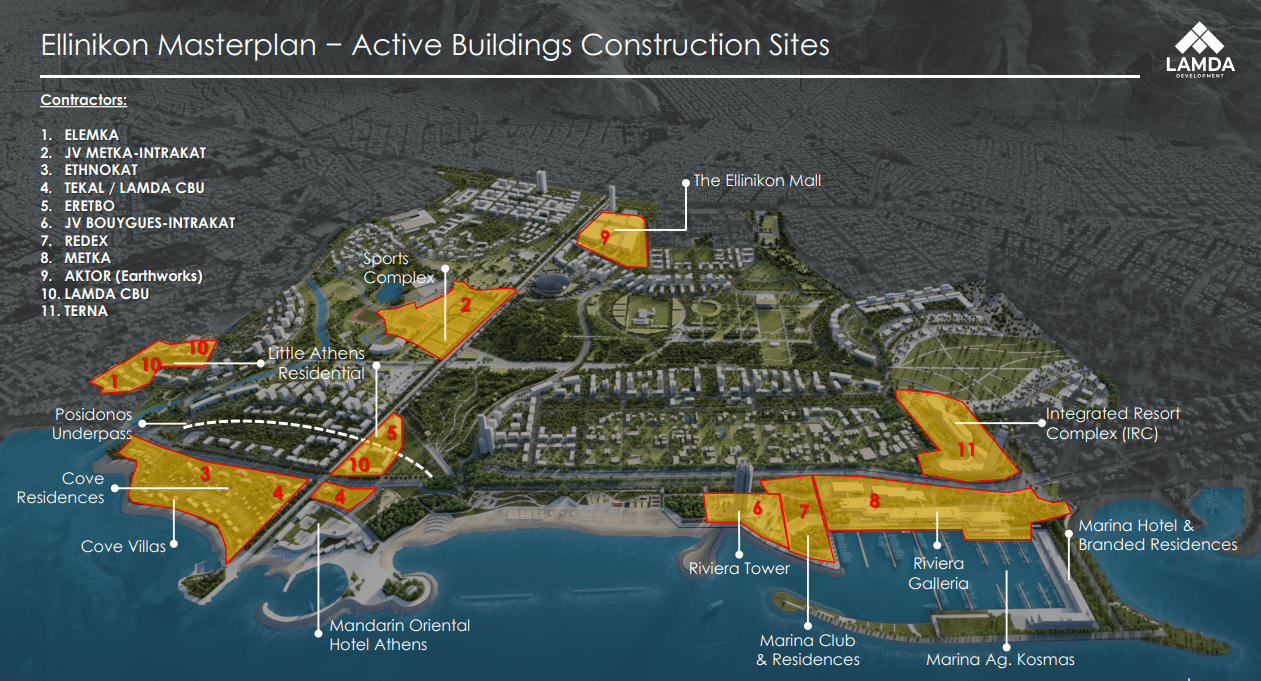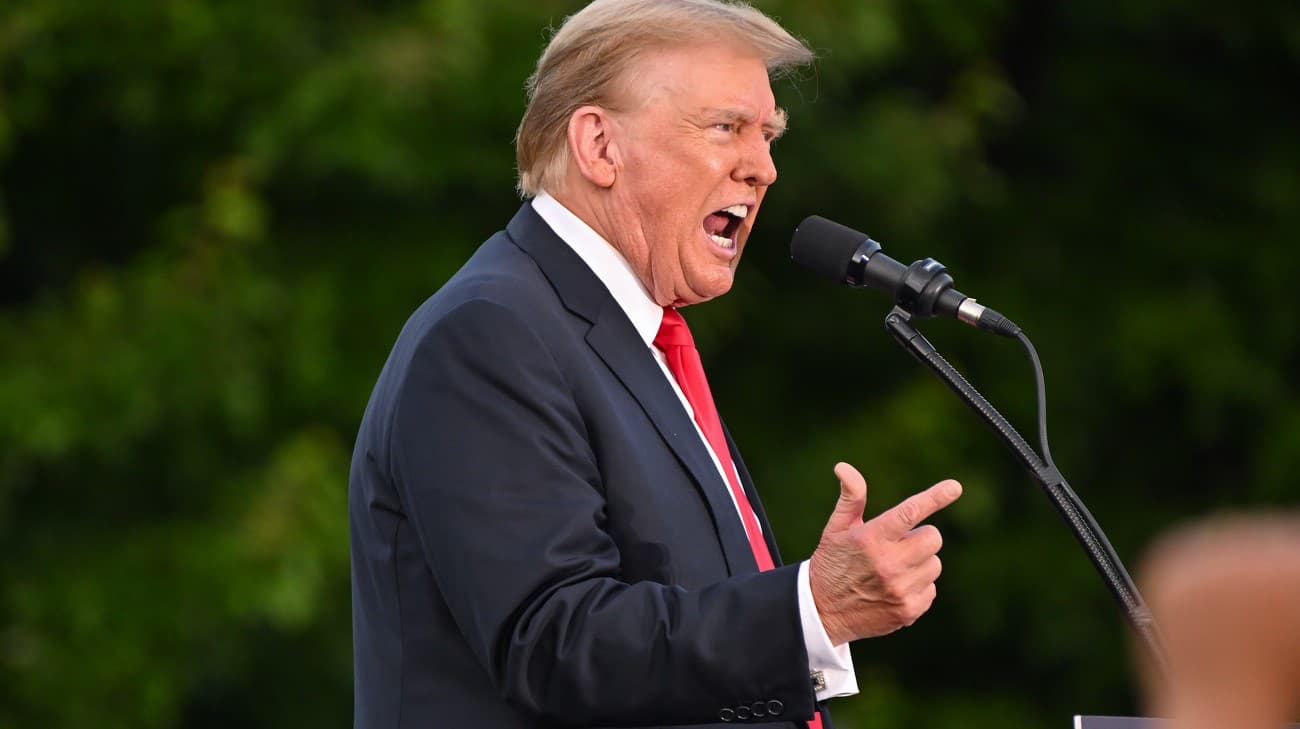Digital Economy: What is Blockchain and why everyone is talking about it

Came to stay.
Blockchain is a technology that has radically changed the way we perceive transactions, trust and decentralization in the digital world.
Although many identify it with cryptocurrencies – mainly with Bitcoin -, in fact it is a deeply innovative data architecture that is applicable to many areas of society, economy and public administration.
The term « blockchain » literally means « block chain » and refers to a database type where the information is organized into digital « blocks », which is connected to each other chronologically and logically, forming a continuous chain.
Each time a new transaction or action takes place, it is stored in a new block, which is added at the end of the chain and recorded at all nodes of the network.
The great innovation of blockchain is that it works decentralized, without the need for central authority or mediators.
All information is divided into a network of computers (nodes) and each node has a copy of the chain.
This means that no entity – no state, no bank, nor individual – can control or falsify the content of the chain without the consent of the network. This architecture ensures three basic features: unchanging (once something is recorded, it cannot be modified), transparency (everyone can see what has been recorded) and security (thanks to advanced cryptographic algorithms and consensus mechanisms).
It is characterized by decentralization, transparency, security and unchanging.
The data is stored on many computers, preventing lesions and attacks.
All transactions are visible, enhancing trust.
Encryption ensures integrity.
Blockchain technology became known worldwide in 2009, when Bitcoin was released – the first decentralized digital currency – by an unknown creator or group with the nickname Satoshi Nakamoto.
Bitcoin function is based on a public blockchain, where each transaction is recorded in a way that does not allow the alteration or questioning. Since then, blockchain has evolved into a tool with much wider applications.
In addition to cryptocurrencies, it is currently used in supply chain management, citizens’ identification, copyright assurance, electronic votes, medicine, and even digital art through NFTS (Non-Fungible Tokens).
Financial services are used for international payments, investment contracts and decentralized financial products (Defi). In the identity, it offers safe management of personal data, while agreements are automated through smart contracts.
It is also used in health for a safe exchange of medical information, in certification training and in voting, enhancing the credibility of democratic processes.
The operation of a blockchain requires the use of consensus mechanisms, that is, ways in which the network agrees that a transaction is valid and can be added to the chain. The most well -known mechanism is the Proof of Work, used by Bitcoin. In this model, network computers (known as Miners) must resolve complex mathematical puzzles to add a new block.
This process, however, is extremely energy -intensive, as it requires huge computing power and, by extension, consumption of electricity.
According to the University of Cambridge, the Bitcoin network consumes about 100 TWH (terrace) per year, a quantity corresponding to the annual consumption of entire countries, such as Argentina or the Netherlands.
For this reason, many newer platforms have turned to alternative mechanisms, such as the Proof of Stake, now used in Ethereum, but also in blockchains such as Cardano and Solana.
These systems do not require intense computing activity, but users who have the corresponding cryptocurrency « lock » part of their funds and are involved in transaction confirmation. POS is much more energy efficient, with a decrease in energy consumption of more than 99%.
The dynamics of blockchain has brought to the forefront of a broader debate on how it can radically change basic areas of life. Banks look at ways of exploiting for international interbank transactions without delay.
States are studying its application to issue a digital identity or certificates.
Food companies use blockchain to ensure the transparency and traceability of their supply chain. Smart Contracts can automate conventional agreements without the need for notaries or lawyers. At the same time, the NFTS phenomenon has created a new market for art, gaming and collectibles, where uniqueness and property are guaranteed through blockchain.
This technology is not without challenges.
Understanding its function remains difficult for the general public.
The absence of a single regulatory framework creates uncertainty, while the rapid spread has allowed the appearance of fraud and exploitation of unsuspecting investors. On the other hand, governments and international organizations are trying to find the balance between innovation and the protection of citizens.
Worldwide, blockchain faces reactions to its environmental impacts – though they are mainly limited to the Proof of Work model rather than its most viable alternatives.
The only sure thing is that everyone and not unjustly talk about blockchain as it is considered a revolution in digital trust and transparency.
It is now accepted that it is technology that eliminates intermediaries, reduces costs and allows for safe, decentralized and unspeakable trading record. From cryptocurrencies to electronic votes and product traceability, blockchain brings new credibility standards to each sector.
It is a global impact technology that changes the way we trust, work together and work on the internet.








